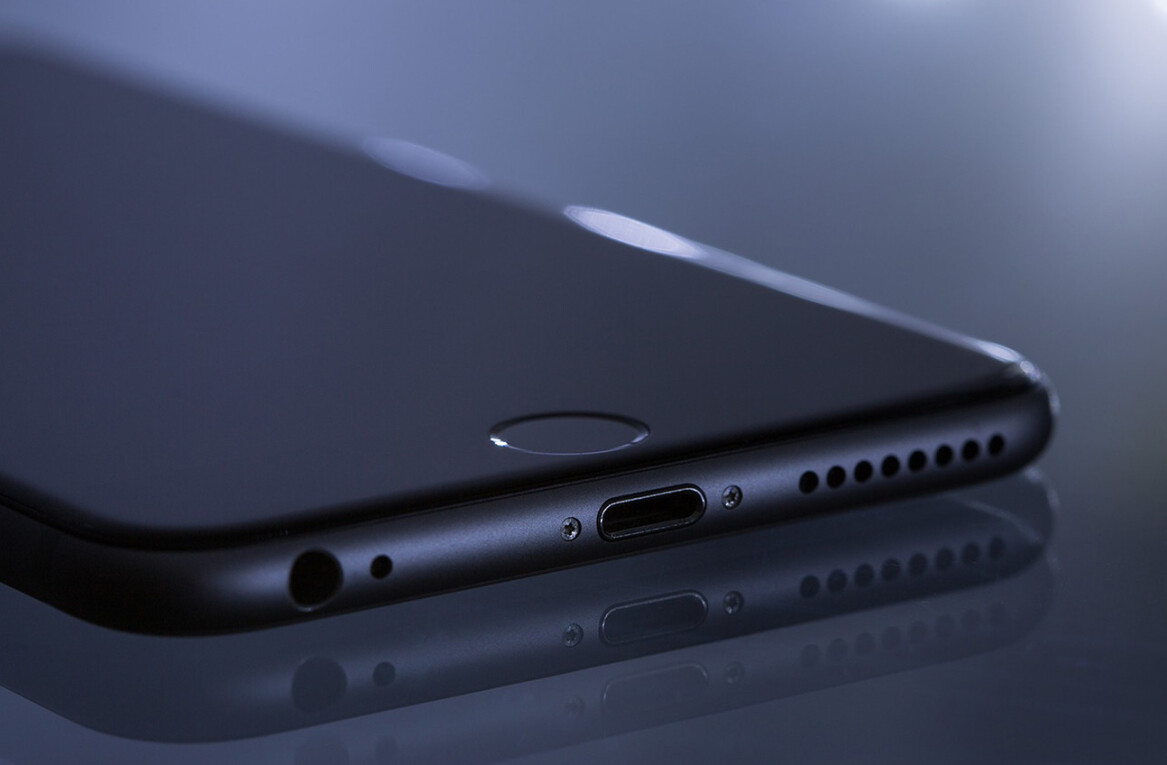
New Research in Motion (RIM) CEO held his first official conference call as head of the BlackBerry-makers this morning, detailing his plans to reverse the company’s fortunes following the resignation of the former co-CEOs, Jim Balsillie and Mike Lazaridis.
After setting out the company’s plans at the beginning of the call, Heins moved quickly to reassure investors that under his leadership, RIM would look to invest a lot of “energy and effort” into market communication, making the company more “marketing driven and consumer orientated”.
RIM continues to enjoy a “strong customer base in enterprise”, but has found that is where it is “skewed to”, especially in the U.S. In Asia, the company is experiencing strong growth in consumer markets and Heins identifies that it needs to engage more with its consumer base and build upon with its 75 million+ customers.
Heins also indentified that RIM would look more into the “execution area”:
RIM has gone through a tremendous growth phase and scaled really tremendously fast and successfully but we innovated whilst we developed the product, and that needs to stop.
We need to innovate, but will do this now with much more emphasis on prototyping and concepting. We have great teams that can try stuff out, so when we say a product is defined and a product is a product, execution has to be really really precise and no churn can exist in development programs.
To boost its consumer base, Heins says RIM will continue to develop its “BlackBerry for everyone” strategy. The strategy involves moving consumers from featurephones to smartphones, easing the transition between an older mobile device and a new, more capable smartphone.
Heins said:
“Do people jump from featurephones to the top-notch high-end smartphone? Probably not. They need a good landing point to experience the smartphone capabilities on a BlackBerry.
But once they are in the segment, part of our strategy is to be really strong on ‘onboarding’, so really to be a major player in the entry-level segment.”
Heins believes that once RIM has captured the customer, “we want to take them on to a journey to explore more and more powerful smartphones and then go on to BlackBerry 10 and move on to the sphere of mobile computing.”
RIM’s new line of QNX-powered BlackBerry 10 devices are seen to be the perfect devices to offer this transition, helping users move from featurephones, to entry-level smartphones and then its top-level devices. Heins notes that QNX’s rich web technologies, Android Player functionality and other features will build towards its first manifestation of “a new mobile computing platform.”
Whether Heins is able to reverse RIM’s decline remains to be seen, the new CEO seems to be towing the company line that was pushed by Jim Balsillie and Mike Lazaridis during previous investor conference calls.
The fact that Heins states that he doesn’t think a “drastic change is needed” is a little worrying, especially given the fact the company will not be able to deliver its first BlackBerry 10-powered smartphones until the later part of this year and sales of its current smartphones are failing to compare to those of its competitors.
Heins’ premier focus, or “focus 1” is to develop RIM’s own products — giving the nod to the “other fruit company” — delivering a more consumer focused marketing approach to attract customers from outside the enterprise sector. But if the company can’t deliver on products, what use is marketing if the devices aren’t there to compete with the likes of Apple and Samsung?
Get the TNW newsletter
Get the most important tech news in your inbox each week.




